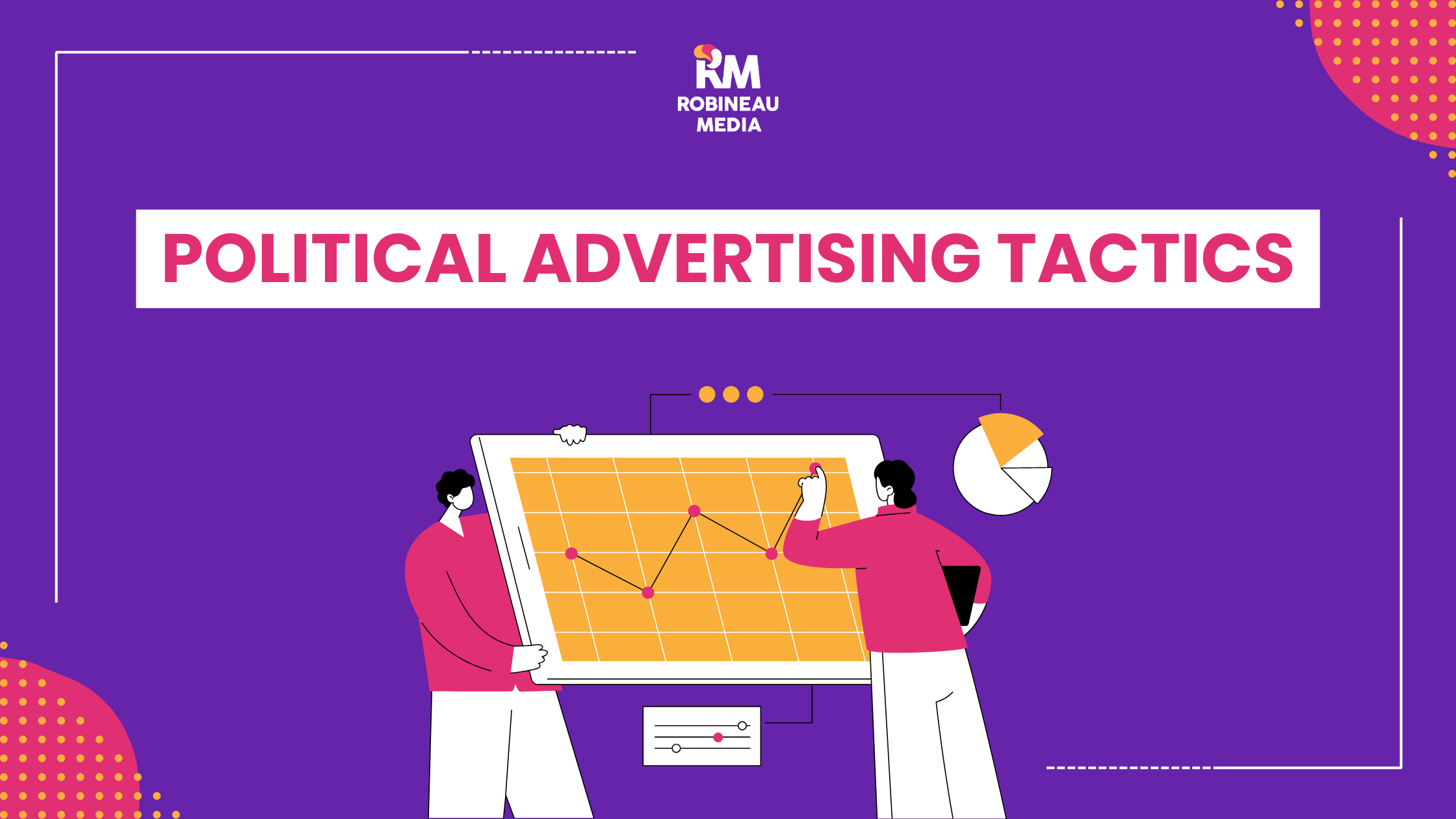
Political campaigns today face a far more fragmented media landscape than in decades past. Long gone are the days when a candidate could rely on a few television spots, yard signs, and radio jingles to read the bulk of their voters. Voters are now consuming media across dozens of platforms, from streaming television and podcasts to digital billboards and mobile apps. For candidates and advocacy groups, this creates both a challenge and an opportunity: how do you break through the noise and ensure your message lands where it matters most?
Precision Targeting with Data
One of the most powerful shifts in political advertising comes from the ability to use voter registration files. These databases produce insight into who is registered, their party affiliation, past voting behavior, and sometimes additional demographic information. When matched with digital platforms, they allow campaigns to ensure that ads are reaching people who are not only eligible to vote but are also persuadable or mobilizable.
Mapping political districts further sharpens this strategy. Campaigns can target specific zip codes, precincts, or legislative boundaries, ensuring that resources are spent only where votes actually count. In tight races, this level of geographic precision can make the difference between victory and defeat.
Expanding Beyond Traditional TV
While broadcasting television still plays a role, Connected TV (CTV) is becoming a dominant force. Viewers who stream shows on services like Hulu or YouTube TV can. now be reached with ads tailored to their household. Unlike traditional TV, where everyone sees the same ad, CTV allows campaigns to segment audiences and deliver customizable messages. For instance, focusing on healthcare policy for suburban families while emphasizing economic growth to younger urban viewers.
Digital out-of-home (DOOH) advertising, such as smart billboards or screens in transit hubs, is another evolving channel. These placements capture attention in high-traffic areas and often can be updated in real-time. For example, if a candidate wants to respond immediately to breaking news or an opponent’s attack, a DOOH ad can pivot the message quickly and visibly.
Meeting Voters Where They Are
The modern voter is way on the move, and campaigns must meet them across devices. Geofencing allows advertisers to target mobile users within a specific geographic radius, such as college campuses, union halls, or even event venues where political rallies are taking place. This tactic ensures a campaign’s message is seen at moments when civic. Engagement is already top-of-mind.
Retargeting builds on this approach by re-engaging voters who have already interacted with campaign content. If a voter visits a candidate’s website to read about education policy but doesn’t sign up for updates, retargeting ensures they’ll continue seeing the candidate’s message across other sites and apps. This keeps the campaign’s presence consistent and increases the likelihood of conversion.
Podcasts are another essential channel. With millions of Americans listening weekly, podcast audio ads provide an intimate, trusted format. Unlike quick-scroll social feeds, podcasts offer uninterpreted attention, making them an ideal space for nuanced messaging or values-based appeals.
Core Objectives of Political Advertising
When campaigns deploy these tactics, their goals are twofold:
- Target voters and stakeholders by district, demographics, values, and behavior. Instead of broadcasting a generic message, campaigns can appeal directly to what matters most to specific groups. For example, retirees may receive ads focused on Social Security, while small business owners see messaging about tax policy.
- Respond in real-time to breaking news, polling, or opposition attacks. Digital channels make it possible to pivot messaging overnight, ensuring that a campaign never falls behind the narrative. This responsiveness is critical in an era when a single news cycle can shift momentum.
The Challenges of Social Media
Despite the power of digital advertising, campaigns face hurdles, especially on social media. Platforms like. Meta (which includes Facebook and Instagram) requires advertisers to undergo a strict authorization process to run political ads. This includes identity verification and disclaimer requirements. Even after clearing those steps, ads can sometimes be delayed or rejected outright by automated systems, creating uncertainty in a campaign’s timeline.
For candidates working on tight deadlines or trying to respond quickly to breaking events, these barriers can be frustrating. While social platforms still offer reach and targeting capabilities, campaigns increasingly supplement them with channels like CTV, podcasts, and geofencing that don’t face the same approval bottlenecks.
What Makes a Political Ad Effective
Having the right tactic is only part of the equation. The creative itself must resonate. The most effective political ads share a few qualities:
- Clarity of message. Viewers should understand the core takeaway in seconds.
- Emotional connection. Ads that inspire hope, concern, or pride are more memorable than those that rely only on facts.
- Authenticity. Voters respond to messages that feel honest and grounded in shared values. Overly polished or generic ads often fall flat.
- Platform fit. An ad that works on TV may not succeed on a podcast or social. Feed. Tailoring creative to the medium is essential.
When campaigns balance data-driven targeting with emotionally resonant storytelling, they build not just awareness but trust and motivation among voters.
The political advertising landscape is more complex and more powerful than ever before. By combining voter registration data, district mapping, CTV, geofencing, retargeting, podcast audio, and digital out-of-home placements, campaigns can deliver highly personalized, timely, and effective messages. At the same time, challenges like social media restrictions mean that campaigns must remain agile and diversified in their approach.
Political advertising today is as much about strategy as it is about creativity. Those who master both will not only reach voters but also inspire them to take action at the ballot box.
Ready to make your campaign’s message stand out? Together, we can harness cutting-edge political advertising tactics to reach your constituents effectively and authentically. Contact us today to get started!

